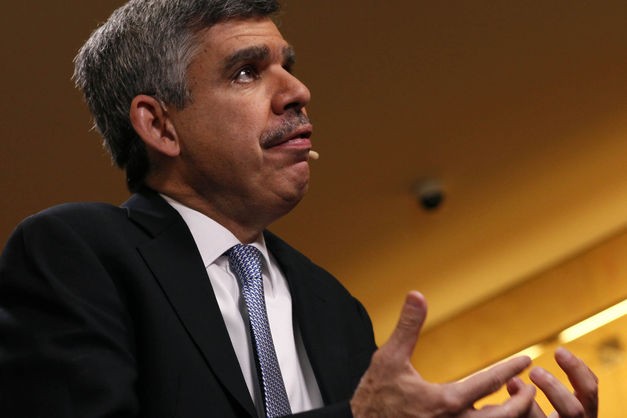Are Investors in PIMCO s Total Return Fund Missing Out
Post on: 12 Октябрь, 2015 No Comment

Follow Comments Following Comments Unfollow Comments
On March 1st, PIMCO rocked the Mutual Fund world with the launch of an ETF version of the PIMCO Total Return fund, the largest mutual fund in the world. Since that time the ETF, which trades under the symbol “BOND”, has lived up to the hype. In the first three months since its inception the PIMCO BOND ETF has seen over $1 Billion in new money, the best start for an actively managed ETF ever.
Perhaps more surprisingly however, is the fact that the BOND has outperformed the PIMCO Total Return fund which it is designed to track, by close to 2%. This is a huge number in today’s low interest rate environment, and one that has investors in the TotalReturn Fund wondering: Am I missing out?
Why has the PIMCO Total Return Fund Underperformed the BOND ETF?
Two reasons.
- Because the BOND ETF is new, the Fund’s Manager and PIMCO founder Bill Gross did not have to deal with any legacy positions that may have hindered performance in the 25 year old Total Return Bond Mutual Fund .
- The PIMCO Total Return Fund has over $250 Billion under management. This makes it very difficult to move in and out of positions, and significantly limits the universe of investable opportunities. With less than a percent of the assets in the Mutual Fund, the relatively small size of the BOND ETF opens up a lot more opportunities to the ETF, that are too small for the larger mutual fund.
Should Investors in PIMCO’s Total Return Fund Consider Switching to the BOND ETF?
If an investor is basing the decision solely on the performance over the last 3 months, the answer is probably no. The size advantage of the ETF over the Mutual Fund is likely to exist for quite some time. However, the BOND now has established positions and no longer benefits from starting fresh.
Regulations also prohibit the ETF from using derivatives in the strategy, so the ETF has to gain exposure through buying individual bonds only. While this is not a problem in an environment of declining interest rates (like we have seen since March), it is unclear how this would affect the ETF’s ability to deal with rising interest rates. This fact, combined with the short history of the ETF so far, makes me inclined to take a “wait and see” approach before making any changes to an existing portfolio.
Should New Investors Go with the PIMCO Total Return fund or the BOND ETF?
If you are investing through a financial advisor that makes their money by charging an upfront fee to invest in mutual funds (called a “load”), then you will likely save a substantial amount of money by choosing the BOND ETF over the PIMCO Total Return Fund. The commission that an advisor charges for stock and ETF trades is almost always substantially lower than what the investor will pay when charged a load on a mutual fund.
If an investor is going through a financial advisor that charges based on assets under management, or an online broker, then the answer depends on how much money they have to invest. If you are planning to invest more than $1 Million, then you can access the Total Return Mutual Fund at an annual expense ratio of .46% of assets under management. This saves you 10 basis points over the ETF, which has an expense ratio of .55%. If you have less than $1 Million to invest in the strategy, then you will be charged somewhere between .75% and .85% per year when investing in the Mutual Fund, so you will do better from an expense standpoint by going with the ETF.
For more on this and other topics I invite you to visit the bond funds section of Learnbonds.com.














